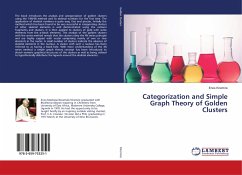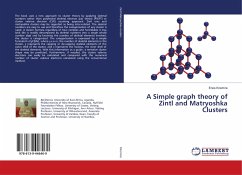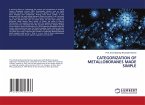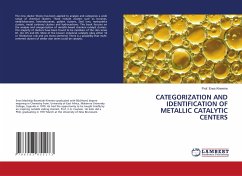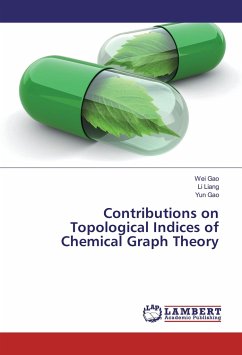The book introduces the analysis and categorization of golden clusters using the 14N/4N method and its skeletal numbers for the first time. The application of skeletal numbers is quite easy, fast and precise. Initially the method which has been found to be very successful in categorizing clusters of other skeletal elements is well demonstrated using the osmium fragments and clusters. It is then applied to clusters of gold with some elements from the p-block elements. The analysis of the golden clusters with the series method reveals that the clusters obey the 4N series principle and are highly capped with nuclei comprising mainly of one or two elements in the nuclei. A small number of clusters indicate the absence of skeletal elements in the nucleus. A cluster with such a nucleus has been referred to as having a black-hole. With more understanding of the 4N series method a simple graph theory concept has been introduced to sketch isomeric graphical structures of the clusters as well as being utilized to hypothetically distribute the ligands around the skeletal elements.
Bitte wählen Sie Ihr Anliegen aus.
Rechnungen
Retourenschein anfordern
Bestellstatus
Storno

